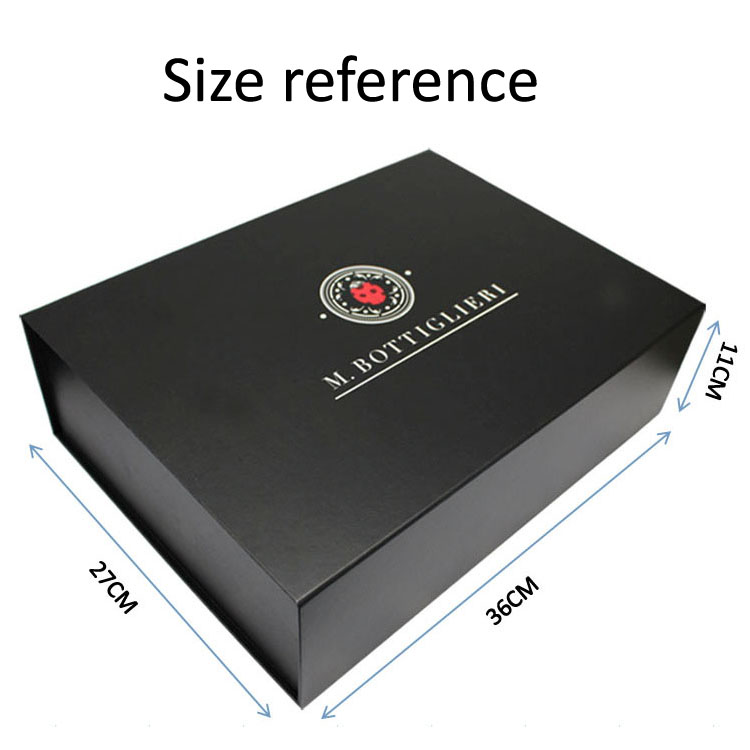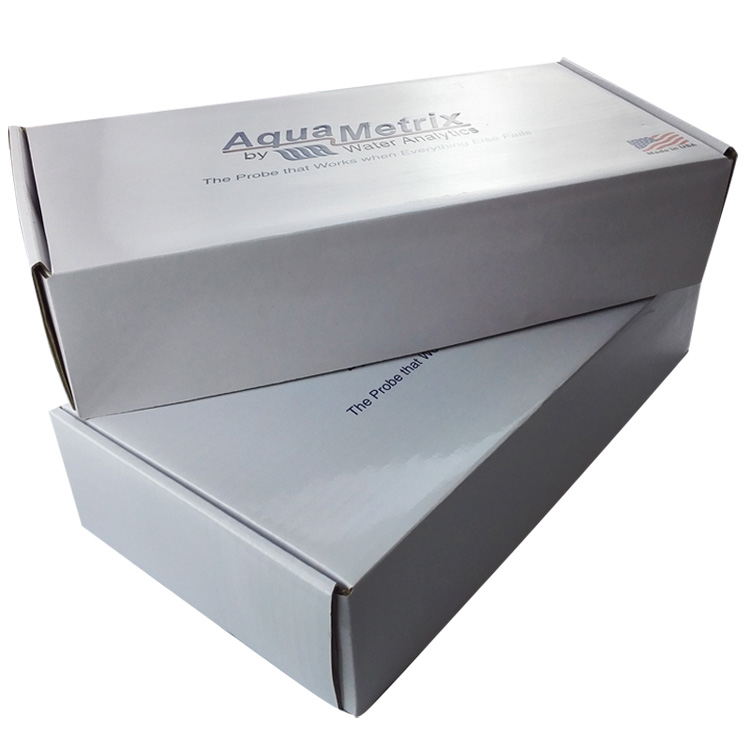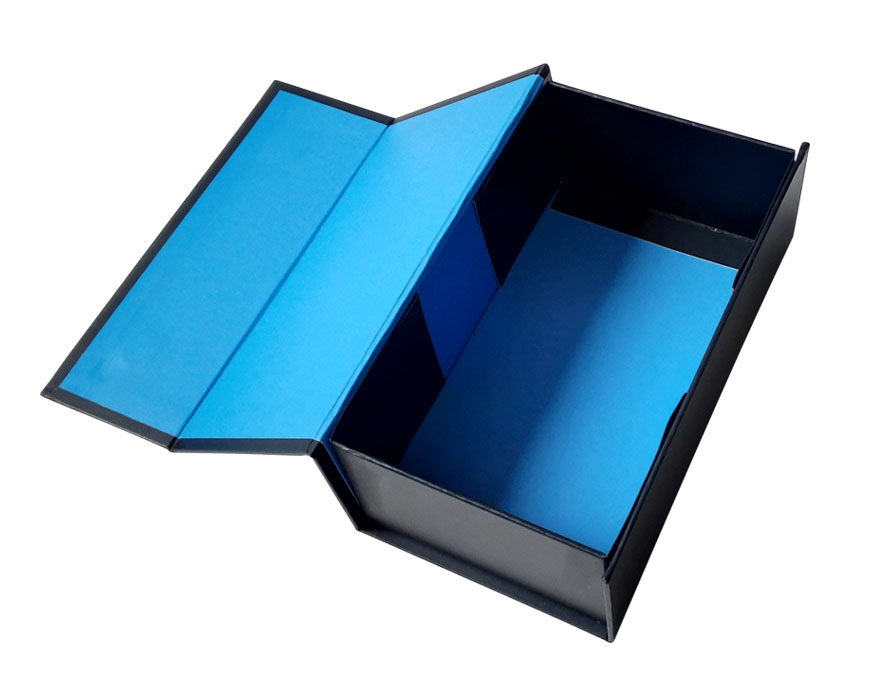Image copying or image transfer is a means by which people can visually record information and express ideas and perceptions, such as painting, oil painting, photography, copying, and printing, among which printing is the most important form of image reproduction. At present, printing can be roughly divided into four basic categories: (a) relief printing; (b) gravure printing; (c) lithography; (d) screen printing. This article focuses on screen printing. Today, with the rapid development of technology, all industries are inextricably linked, and screen printing is also the same. Therefore, before learning about screen printing, understand it and other types of printing. Relations and differences are very necessary. Here we will briefly introduce the other three kinds of printing. Letterpress printing is one of the oldest printing methods. It is printed using a relief with a raised surface. During printing, the ink is applied to the surface of the pattern and then imprinted on the paper. The ink on the surface of the pattern is transferred to the surface of the paper to form a print. Handprint printing, Leno's full-line caster printing, lead printing, electro-printing and photo-engraving are all relief printing. Gravure printing is a printing method in which the printing plate forms a concave character or image by manually engraving the line or engraving it mechanically. When printing, the line or groove is first filled with ink, and the prepared paper is pressed against it. The paper sticks the ink away to form a print. Etching, acupuncture and gravure are gravure printing. Lithography is sometimes called chemical printing, meaning that the printed image is on the same plane as the printing plate. It is based on the "oil and water is not mixed" principle to achieve printing. This type of printing is performed by mechanically or manually presenting the image on a stone or metal surface, and then chemically treating the surface such that the image portion is ink-receptive and the other portions are not ink-repellent. When printing, only ink-infected parts of the image are transferred to the paper to form a print. Photographic printing, photolithography and offset printing are all lithographic printing. Modern screen printing is not only technically different from the other three types of printing, but it is the most widely used of the four printing types. It can be printed on paper, cardboard, wood products, plastics, textiles, ceramics, metals, furs, and composites of several later materials. It can be used not only for printing flat objects, but also for printing round, convex, concave and irregular shaped objects. Because of this, screen printing is an inevitable product. However, since the technical details about it are a trade secret, its development is only going on quietly. But no matter what, it is continuously progressing and developing, and it has broad prospects. In the development of image transmission, although there are no distinctly different stages of development, screen printing, as an important part of the international industry and a creative process, derives its principle from simple stencil printing. Wax paper copying is an ancient civilization and one of the oldest methods of image reproduction. But it is different from the old stenciled stencil copy, just as modern letterpress printing is different from letterpress printing from the Gutenberg era. Although the Japanese first used the loose, tension-free stencils made of silk or silk to print, the development of modern screen printing originated in the United States. From screen printing pioneers Harry Leroy Hiett and Edward A. Owens, screen printing began as early as the beginning of the 20th century (1901-1906). . The first screen-printing attempt was made by Francis Willette of Detroit, Michigan, which screen-printed on the felt pennants. Screen printing is the attachment of a stencil with an image or pattern to a screen for printing. Usually the screen is made of nylon, polyester, silk or metal mesh. When the substrate is placed directly under the screen with the stencil, the screen-printing ink or paint passes under the squeegee of the squeegee and passes through the mesh in the middle of the screen and is printed on the substrate (the squeegee has manual and Automatic two). The stencil on the screen seals a portion of the mesh aperture so that the pigment does not pass through the screen, and only the image portion can pass through, so that only the image portion is imprinted on the substrate. In other words, screen printing actually uses ink to permeate through the printing plate, which is why it is called silk screen printing rather than silk screen printing or silk printing because not only silk is used as a screen material, nylon, Polyester fibers, cotton, cotton, stainless steel, copper, brass, and bronze can all be used as mesh materials. The most common frame is the flat screen frame, which is mainly used for printing flat substrates. Most screen printers use dried white pine or eucalyptus to make the frame. These materials have no knots and other irregularities. When buying a wooden bar, it is best to choose materials that can meet the requirements of the four sides of the frame. When making a frame with a size of 36 inches x 36 inches (81 cm x 81 cm), the mesh frame border should be 2 inches thick and 2 inches wide (5 cm x 5 cm). For larger screens, the size of the frame bars is proportionally thickened and widened. If the frame is too thin, the screen will bend and deform after being used, stored, and stretched. White pine is the most commonly used frame material, but sometimes the printer also uses mahogany, spruce, parsley and boxwood to make the frame. There are many ways to combine net frames. As long as they are carefully produced, each method can meet the requirements of screen printing. The four corners of the frame should be fastened with nails and glue or screws and glue. After the glue is over, the excess glue should be wiped off immediately with a damp cloth. The nails must be used, and the nails must be positioned in order to avoid scratching the stencil fabric. No matter which combination method is used for the frame, the four corners of the frame should be reinforced with corner plates or angle iron to ensure its durability. All the frame corners must be ground to a slightly rounded shape with sandpaper. All the frame edges must be sanded to ensure that there are no rough spots that could damage the screen. If necessary, shellac or linseed oil can be applied to the frame before stretching to increase the finish of the frame. There are four common methods for stretching the net. They are pin studs, pressure slots, automatic stretchers and commercial patented stretch netting technology.
Shoes box are usually made of Corrugated board or cardboard.
Here you can looki for the best quality products, access to the most comprehensive industry informations, where you can see the quality of the mass market dynamics, foreign trade boutique female shoebox supply, female shoebox Ali index news and information, understand female shoebox detailed product.
There are some structures for your reference.
1. Gift Box shape
Magnet closure: Instant rigid foldover box Rigid box construction.
The box are made of the hard grey cardboard and good quality coated two sides paper.
It has the strong magnets for the closure of the male shose box.
2.Plane shape.
It is printed with the full color,and the delicated die cutings shows the nice visual feeling for the shoes box packaging.
3. Magnet closure: A,Instant rigid foldover box Rigid box construction.
The box are made of the hard grey cardboard and good quality coated two sides paper.
It has the strong magnets for the closure of the male shose box.
We have many years experience for producing the paper boxes.Welcome to our female shoes box trip!Wish you have a nice trip!
In the field of screen printing, equipment, materials, processes, and technologies are all necessary prerequisites for a worker. This article will start with the most basic screen knowledge, so that readers have a comprehensive understanding of screen printing.
Frame
The frame is an integral part of the screen plate and is often made of wood to support the screen. The screen frame is a component of screen printing, with a wooden frame and an iron frame, and a combination of two materials. Although many screen versions have been made by screen-printing factories, screen-printing operators should know how to make their own frame and what type of frame is best suited to their job requirements. The type and shape of the frame are determined by the job to be printed. When making the frame, the single best material is used as much as possible, which helps to ensure and improve the quality of the printing.



Female Cardboard Shoe Box,Femal Black Shoes Box,Custom Made Female Shoe Box
Shenzhen Haotuanyuan International Trading Co.,Ltd , http://www.luxurypaperbox.com